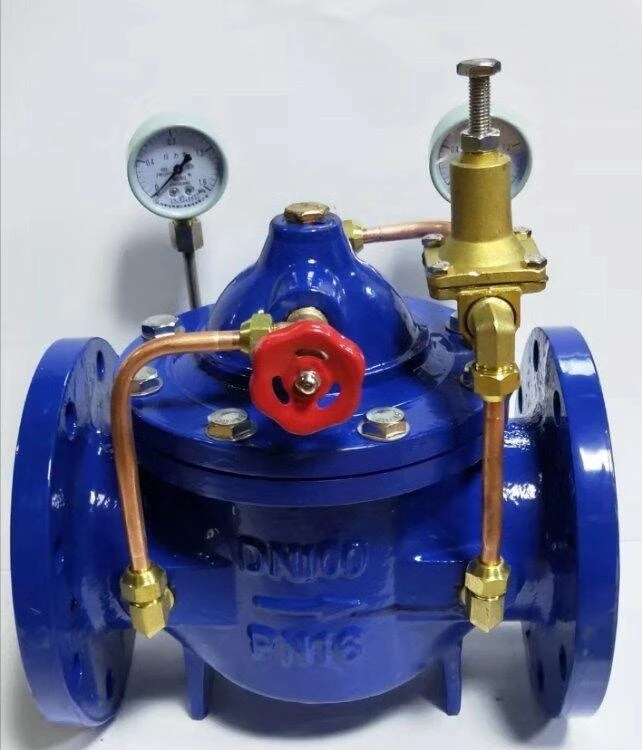Dec . 11, 2024 12:36 Back to list
lift check valve
Understanding Lift Check Valves Function, Applications, and Benefits
Lift check valves are essential components in various fluid systems, designed to prevent backflow while allowing forward flow. As a crucial aspect of mechanical engineering, these valves play a significant role in maintaining system efficiency, safety, and performance. Understanding the mechanics and applications of lift check valves is essential for engineers, technicians, and anyone involved in fluid dynamics.
What is a Lift Check Valve?
A lift check valve is a type of non-return valve that operates based on the flow of fluid. It typically consists of a movable disc or piston that rises when fluid flows through the valve, allowing the liquid to pass. Conversely, when the flow reverses, the disc or piston descends, sealing against the valve seat and preventing backflow. This design is crucial in systems where the reverse flow of fluid can lead to contamination, damage, or inefficiency.
How Does a Lift Check Valve Work?
The operation of a lift check valve is relatively simple. During forward flow, the pressure of the fluid pushes the disc upward, disengaging it from the seat. This opens up the passage for the liquid to flow through the valve. As the velocity of the fluid decreases or if the flow direction changes, the downstream pressure becomes higher than that of the upstream side, causing the disc to seat back onto the valve seat, thus preventing backflow.
Key Features and Components
The main components of a lift check valve include
1. Body Made from various materials like stainless steel, brass, or plastic, the body houses all internal parts. 2. Disc or Piston This movable component is what lifts and seats to control the flow. 3. Valve Seat A fixed surface against which the disc seals to prevent reverse flow. 4. Spring (in some designs) Some lift check valves incorporate a spring mechanism to assist the disc in returning to the closed position.
lift check valve

Applications of Lift Check Valves
Lift check valves are commonly employed in numerous industries and applications, including
- Water Supply Systems To prevent backflow in municipal water supply networks, ensuring clean water is not contaminated by reverse flow. - Heating and Cooling Systems To maintain the direction of fluid flow in heating systems, preventing heat exchanger damage. - Oil and Gas Pipelines To ensure safety and efficiency by preventing backflow that could lead to pressure surges or spills. - Chemical Processing To protect sensitive equipment and maintain process integrity by preventing reverse flow of hazardous materials.
Advantages of Lift Check Valves
1. Prevention of Backflow The primary benefit of lift check valves is their ability to prevent backflow, thereby protecting systems and maintaining operational efficiency. 2. Durable Construction Made from robust materials, lift check valves are designed to withstand high pressures and temperatures, making them suitable for various demanding environments. 3. Compact Design Their relatively small size allows for easy integration into existing systems without requiring significant modifications. 4. Low Maintenance Once installed, lift check valves often require minimal maintenance, as they have fewer moving parts compared to other valve types.
Limitations to Consider
While lift check valves offer numerous benefits, they also have certain limitations. For instance, they are best suited for applications with relatively high fluid velocities, as low-velocity flows can cause the valve to vibrate or chatter, potentially leading to wear and failure over time. Moreover, lift check valves may not be ideal for all applications due to specific operational requirements, such as systems that experience rapid changes in flow direction.
Conclusion
In summary, lift check valves are vital components in fluid systems, providing an effective solution to prevent backflow while allowing unidirectional flow. Their simplicity, durability, and low maintenance needs make them a popular choice across various industries. By understanding the operation, applications, and advantages of lift check valves, professionals can effectively design and maintain systems that rely on fluid dynamics, ensuring heightened efficiency and safety for a wide range of processes. As technology advances, we can expect continued innovation in valve design and functionality, further enhancing the capabilities of lift check valves in the future.
-
Flanged Gate Valve: A Reliable Choice for Industrial and Municipal SystemsNewsAug.20,2025
-
Soft Seal Gate Valve: A Modern Solution for Reliable Pipeline ControlNewsAug.20,2025
-
Gate Valve Types: Understanding the Options for Your Pipeline SystemsNewsAug.20,2025
-
Y Type Strainer: Essential for Clean and Efficient Flow SystemsNewsAug.20,2025
-
Cast Iron Y Strainer: Durable Solutions for Demanding ApplicationsNewsAug.20,2025
-
Flanged Y Strainer: An Essential Component in Industrial Filtration SystemsNewsAug.20,2025
Related PRODUCTS









